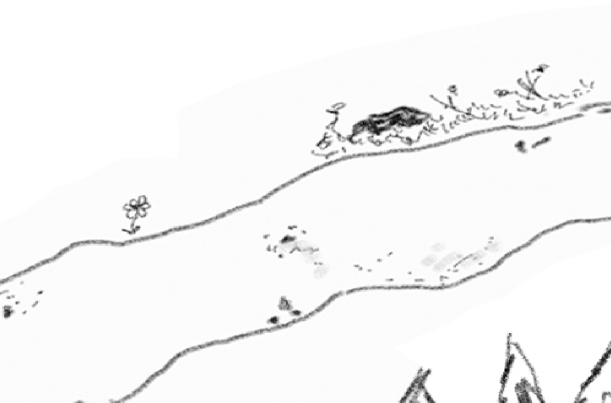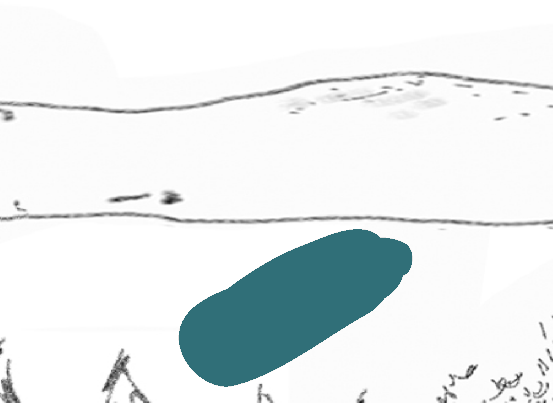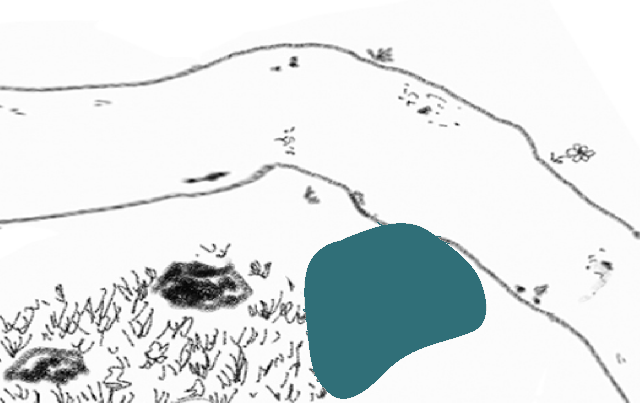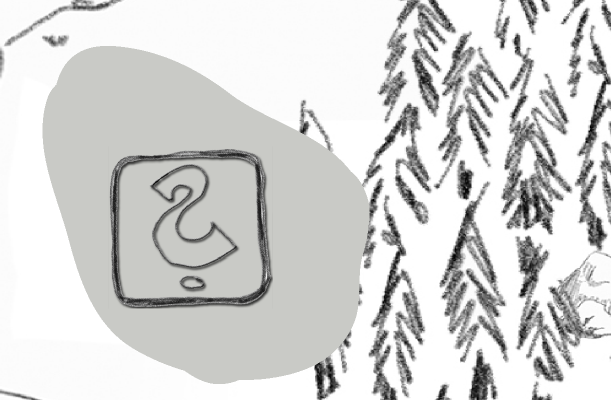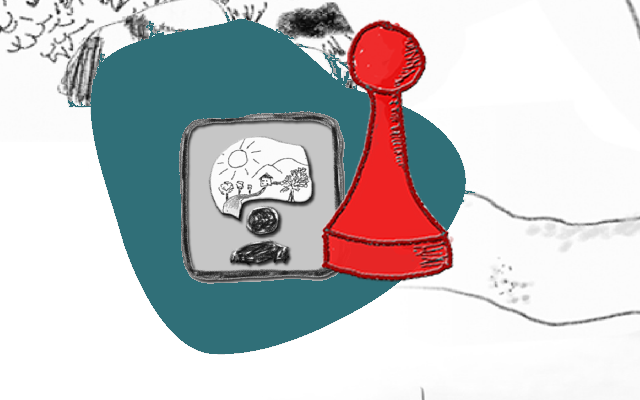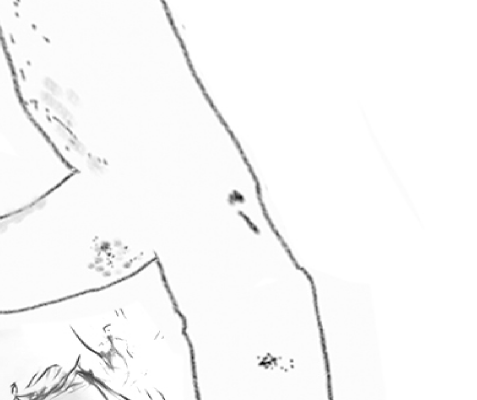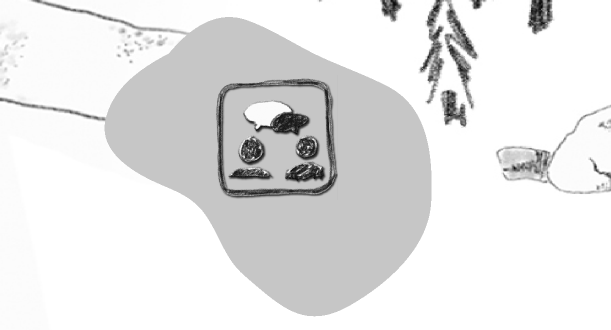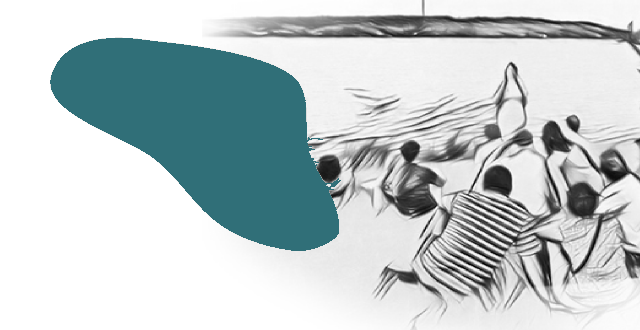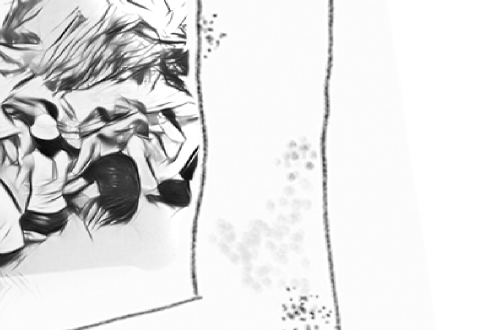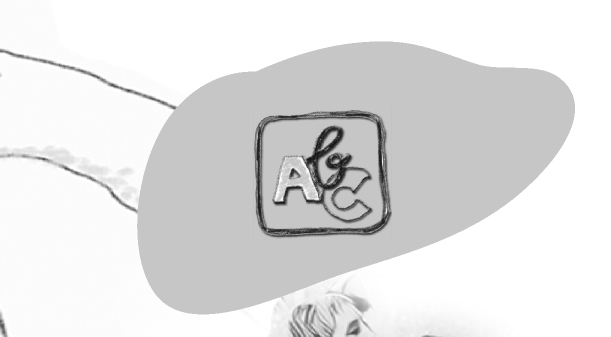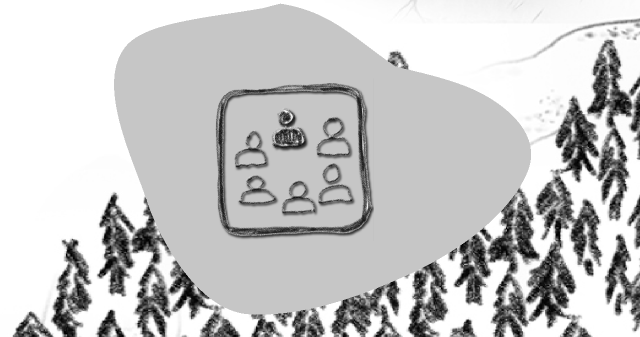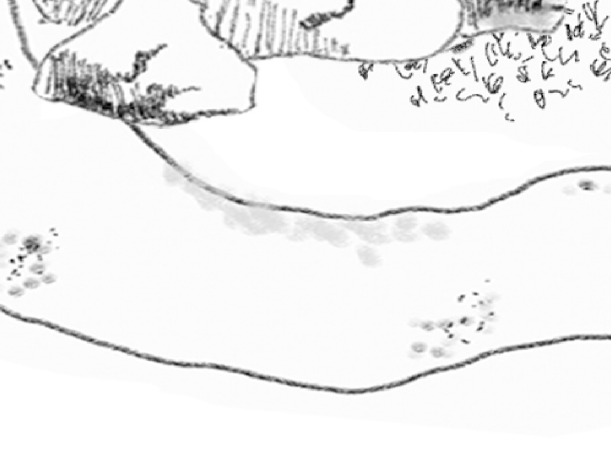Module -Storytelling
Your presentation tools

All this is important but the best story is not worth very much when presented in a boring way.
Remember presentations or speeches from your former teachers or persons in public life, what made the difference?
The most important tools for telling a story well are always with you: voice, facial expressions, body language. Focus, rhythm and timing are also important.
And the best thing is: all this can be trained.

Do you remember the graphic on skills development? It's a spiral: You learn the first basics about storytelling and then you should practice it. What works well already? What could you improve? Then you keep learning and training and again you put it into practice. This is how you build your storytelling competence.
Let’s do an exercise

Participants in the StoryComp project recorded stories – each in their own languages. You'll find them listed below
Choose the ones you might not understand literally and watch them.
Can you tell without the words where the tension rises, what the mood is, who is talking in the story, at what point the tension starts to ease and so on? How can you tell? What forms of expression beyond language does the storyteller use?
Click on the link to open the video.
- The man who wanted to change the world ▾ in Arabic
- The three wishes ▾ in French
- To borrow a pot ▾ in Swedish
- Two pebbles ▾ in Dutch
- The little shepherd ▾ in Slowenian
- The lion and the mouse ▾ in German
 |
 |
 |

